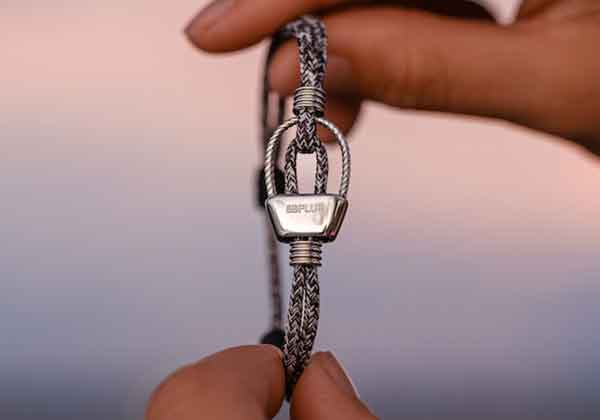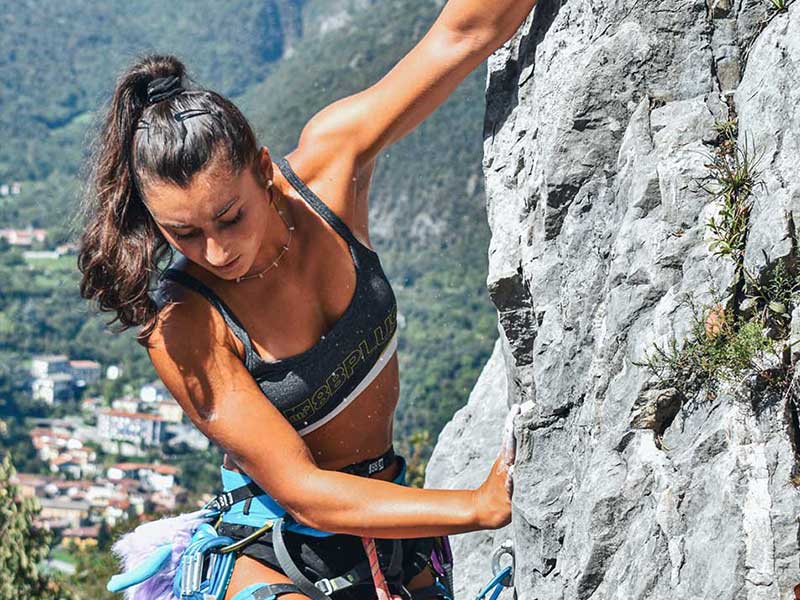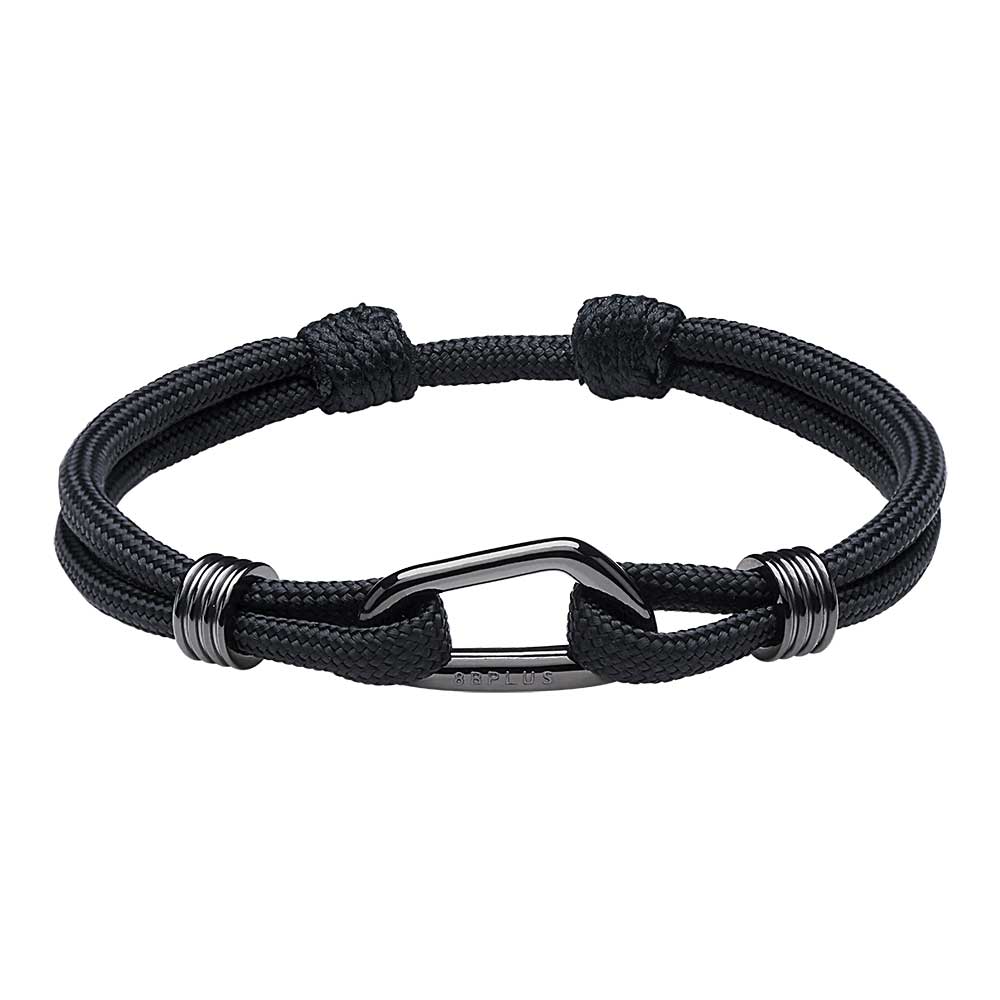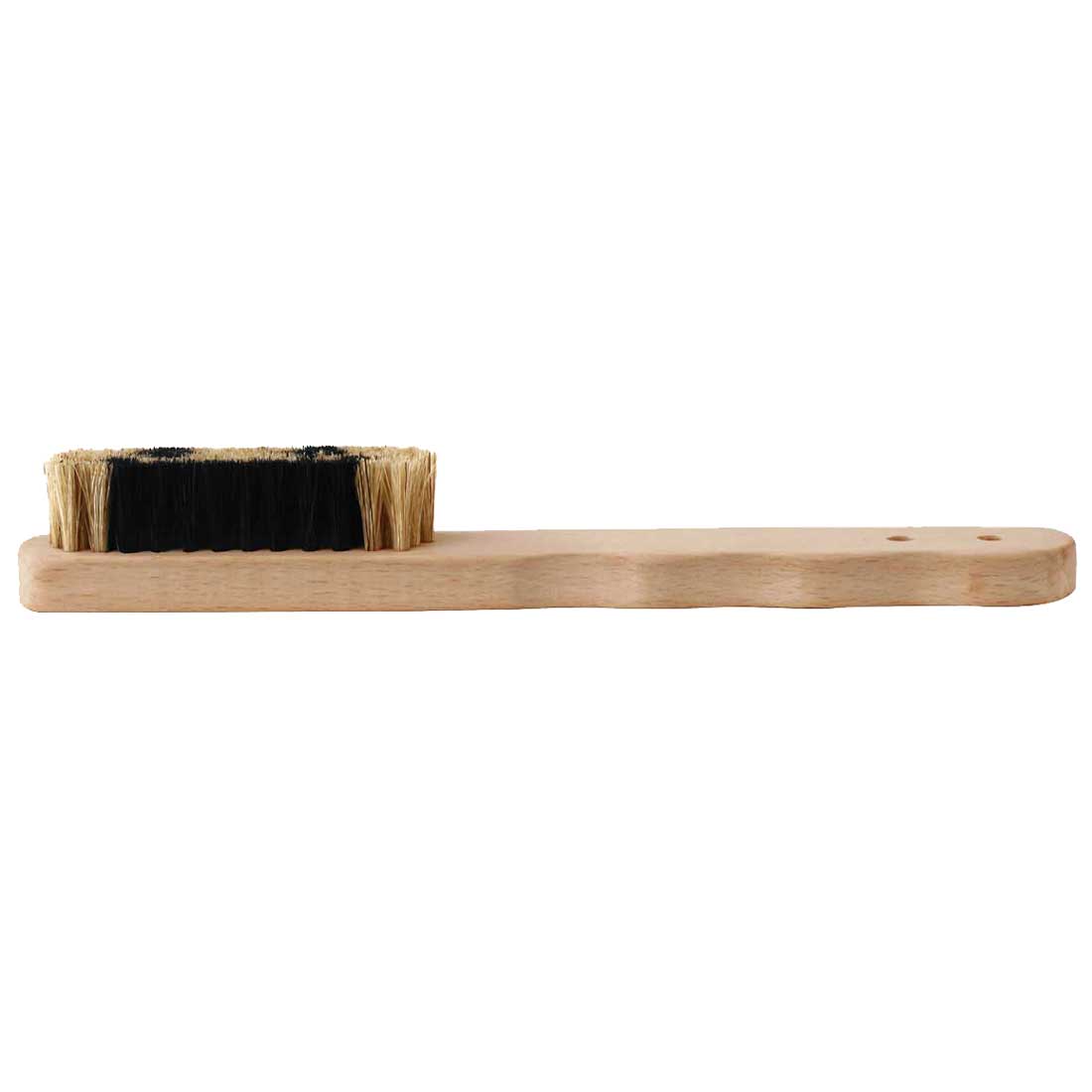
Charlie’s Critical Beginner Climbing Lessons
For adventurous folks looking to experience more climbing, it isn’t always easy to find suitable routes. But it’s not as difficult as you think to find beginner climbing routes.
Charlie is the expert in finding routes. He can’t go on for more than three days without climbing, and he will take anyone he can find. Beginners will appreciate his company. He always has tons of chalk brought along.
Make sure you have all the necessary gear for climbing before you head out. It’s best to have a chalk bag like Charlie. And it’s always best to go with a more experienced climber, too.
Here are some tips from Charlie so you can get started on some of those beginner climbing routes.
Start at the Gym
If you’re not ready to get out to natural climbing locations, you can go to a rock climbing gym to prepare yourself. The gym offers a safe environment for climbing. The gym is more forgiving of mistakes and errors than the crag.
For the most part, a rock climbing gym will have climbing levels separated and marked to make it easier. But there are also routes to choose from each section of the walls.
Before beginning up to the wall, check the different holds along the route. You need to understand which ones are easier to grip or step on. Each hold is placed on the wall for a specific purpose, and you should pay attention to them.
Read Websites and Guidebooks
Forums and websites such as Mountain Project provide an excellent and usually up-to-date resource to learn about the specific routes in climbing areas including what the approach is like, what gear is needed, and other beta. It’s important to reference this before going to the area so you are prepared and safe.
Guidebooks are another excellent resource. Usually written by experts on a given climbing area, guidebooks are available for most of the popular crags throughout the world. Many feature similar info to what is available on Mountain Project, but they will still function when you don’t have a signal on your phone, unlike apps and forums.
When evaluating trails and maps, note that U.S. climbing routes are rated using the Yosemite Decimal Rating System. The system is divided into classes and subdivided by difficulty.
Many other grading systems exist throughout the world as well. Much of the world uses the French numerical system.
Plan the Route
This is more difficult than planning a route at a climbing gym because you don’t have the more obvious holds on the wall. But you can still recognize features on the rock that can make the climb easier or more challenging.
Always check that you can reach the next hold on your climb. If you reach a point that is too difficult or risky, it’s OK to turn back and try another route.
It’s best to choose a popular route that is well marked. In some cases, those popular routes will have climbers going ahead of you so you can watch where they climb and follow along.
Consider Safety When Planning a Beginner Climbing Route
When planning your beginner climbing route, you need to consider safety. No matter how secure the route may seem, there is always a risk.
You can start your climbing journey by ensuring that you have all the necessary gear. If you’re unsure of what you need, you can always contact us, and we’ll give you a hand.


























